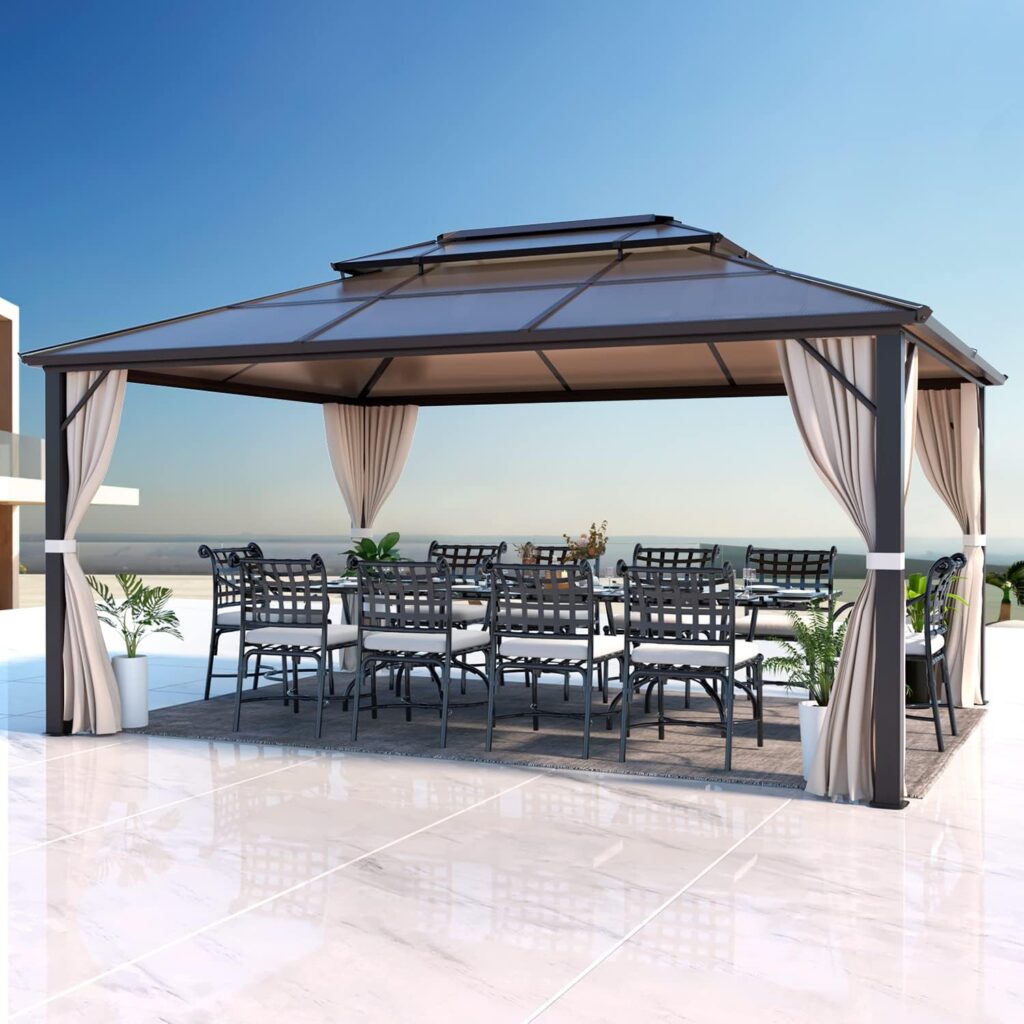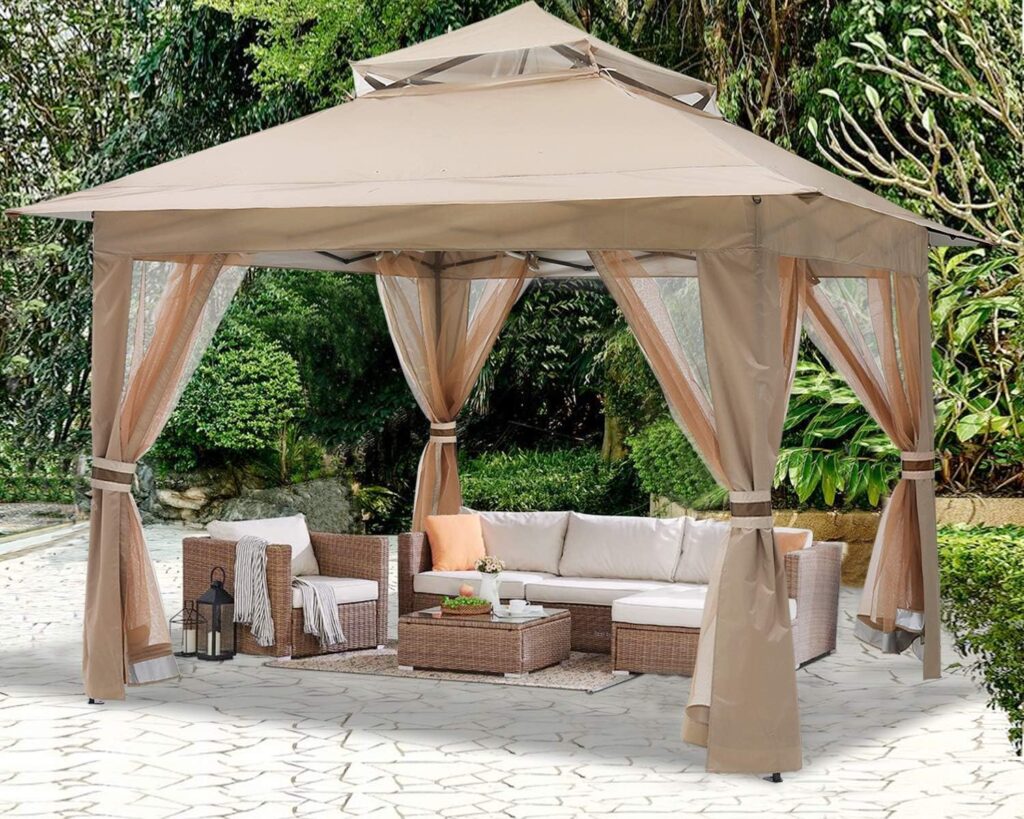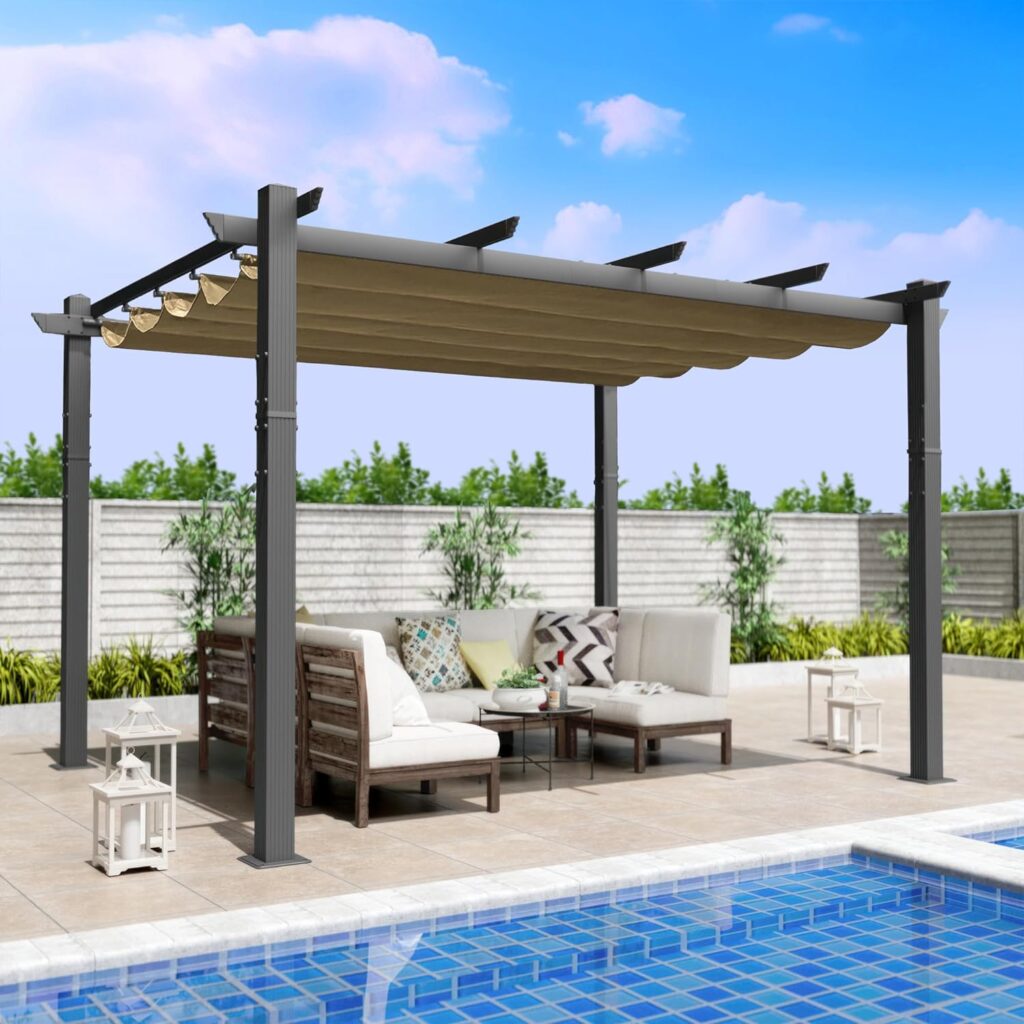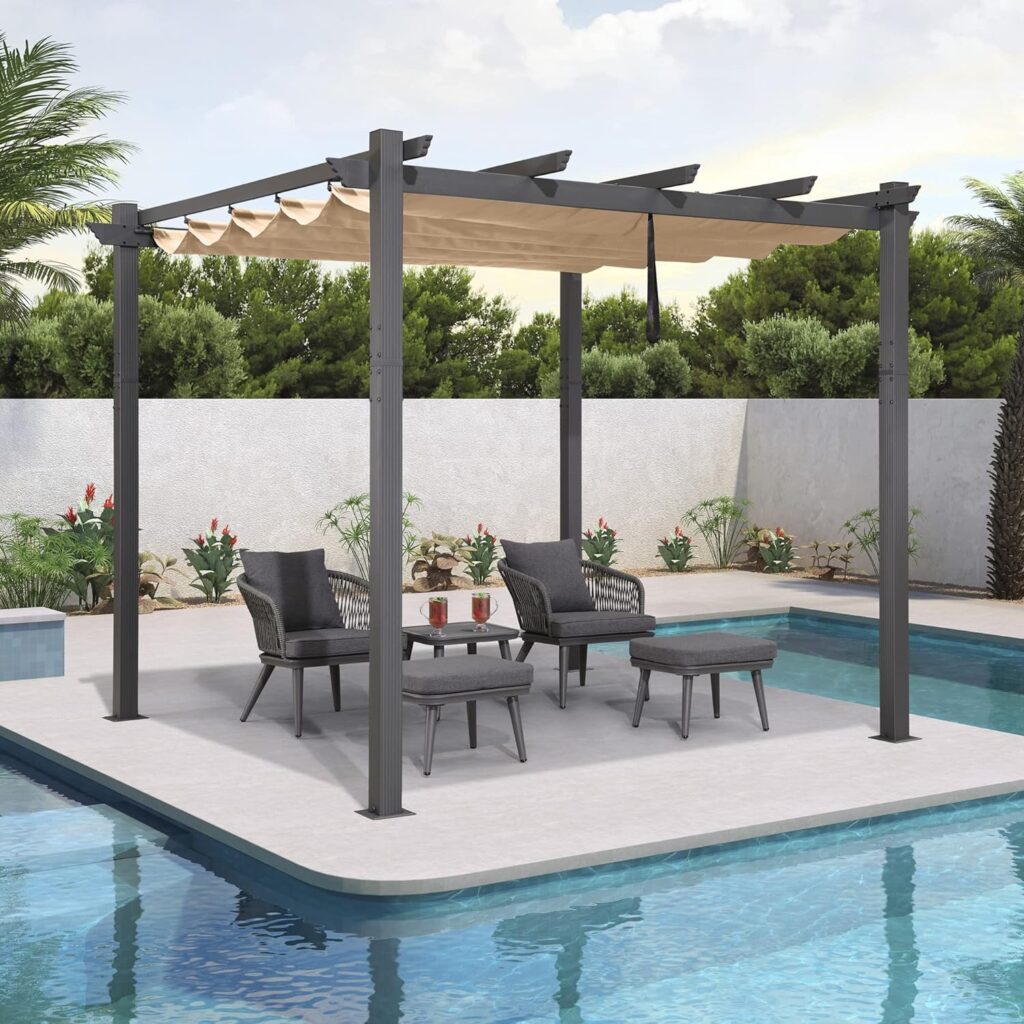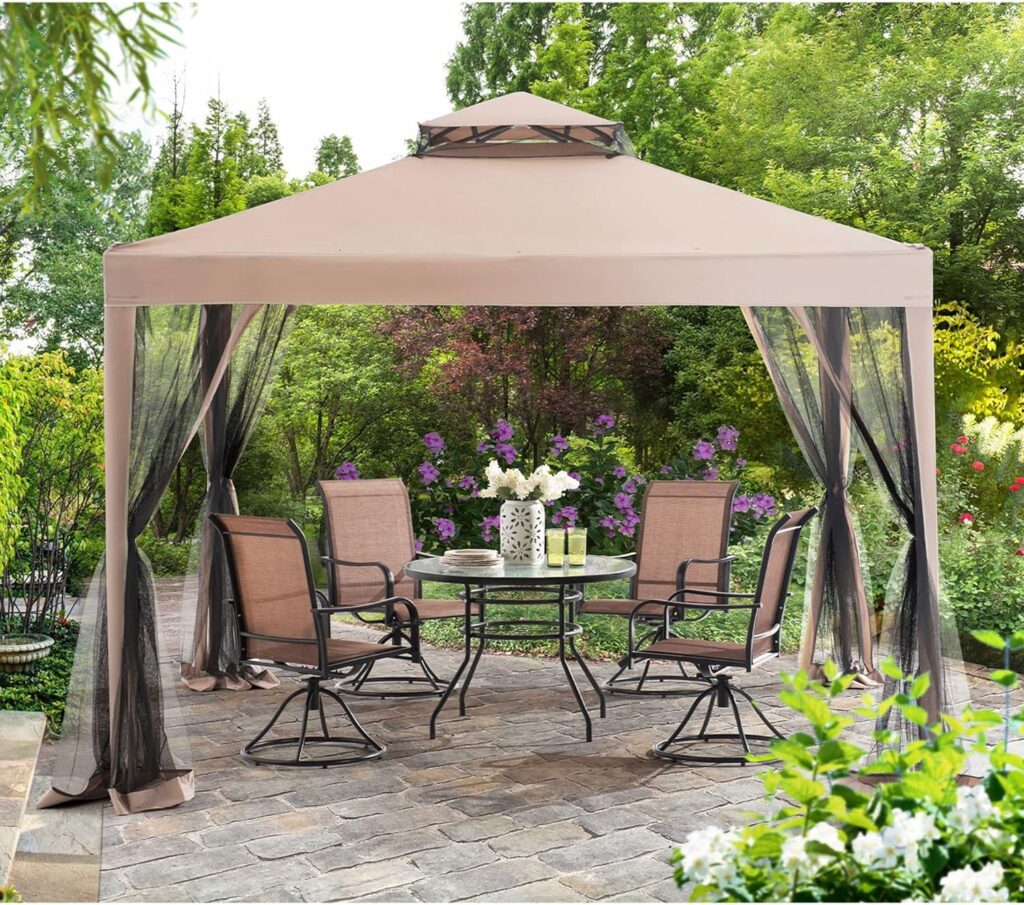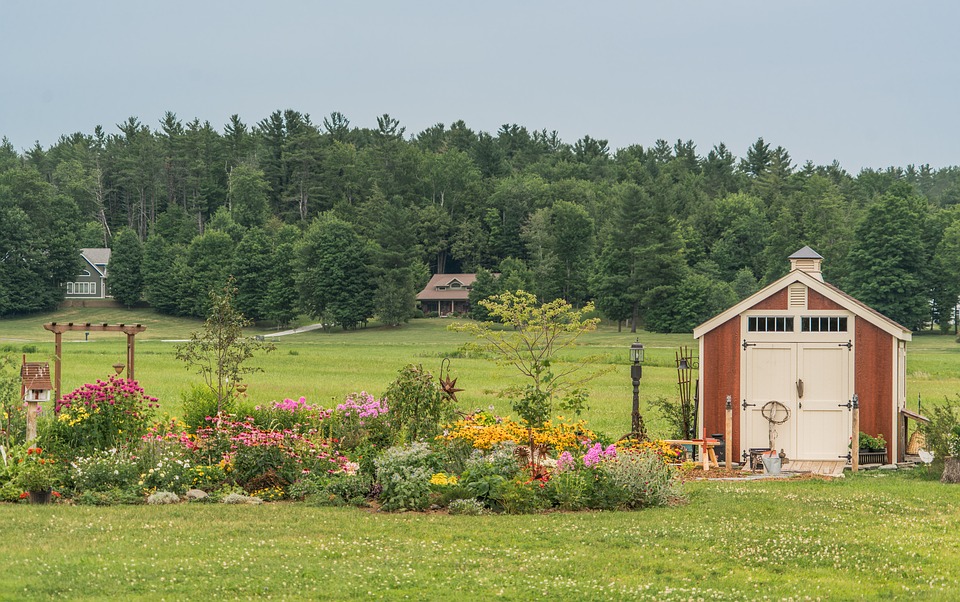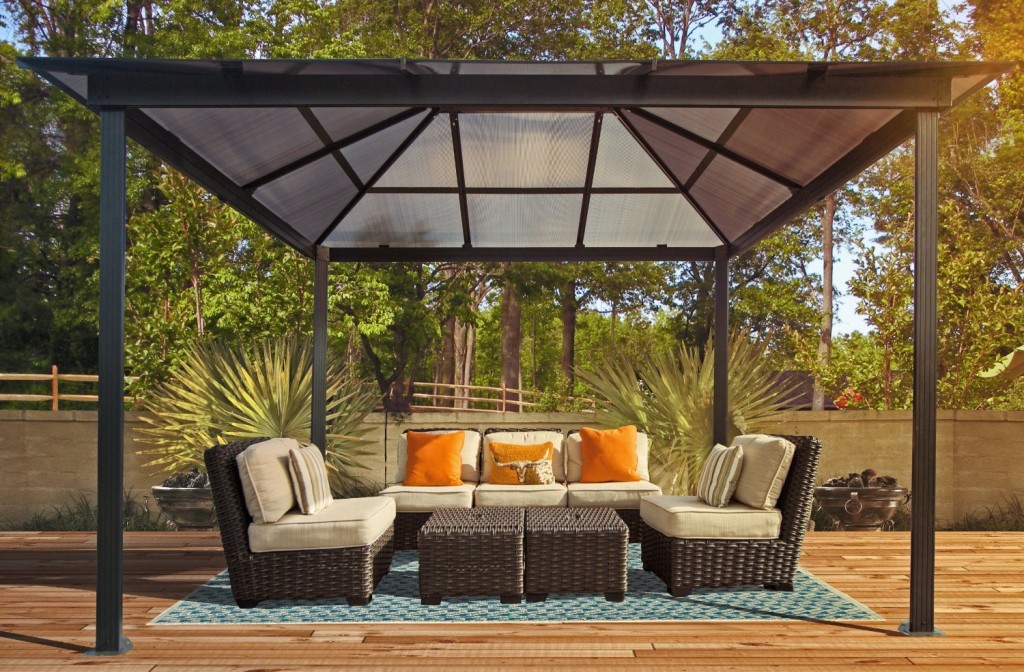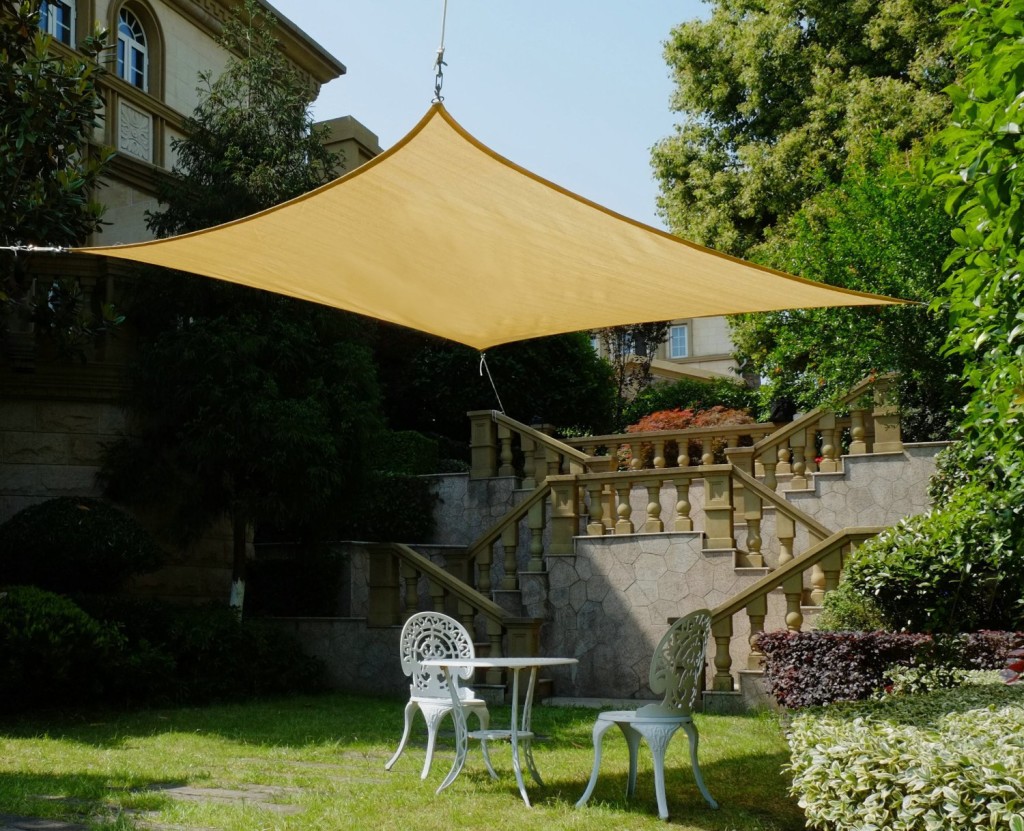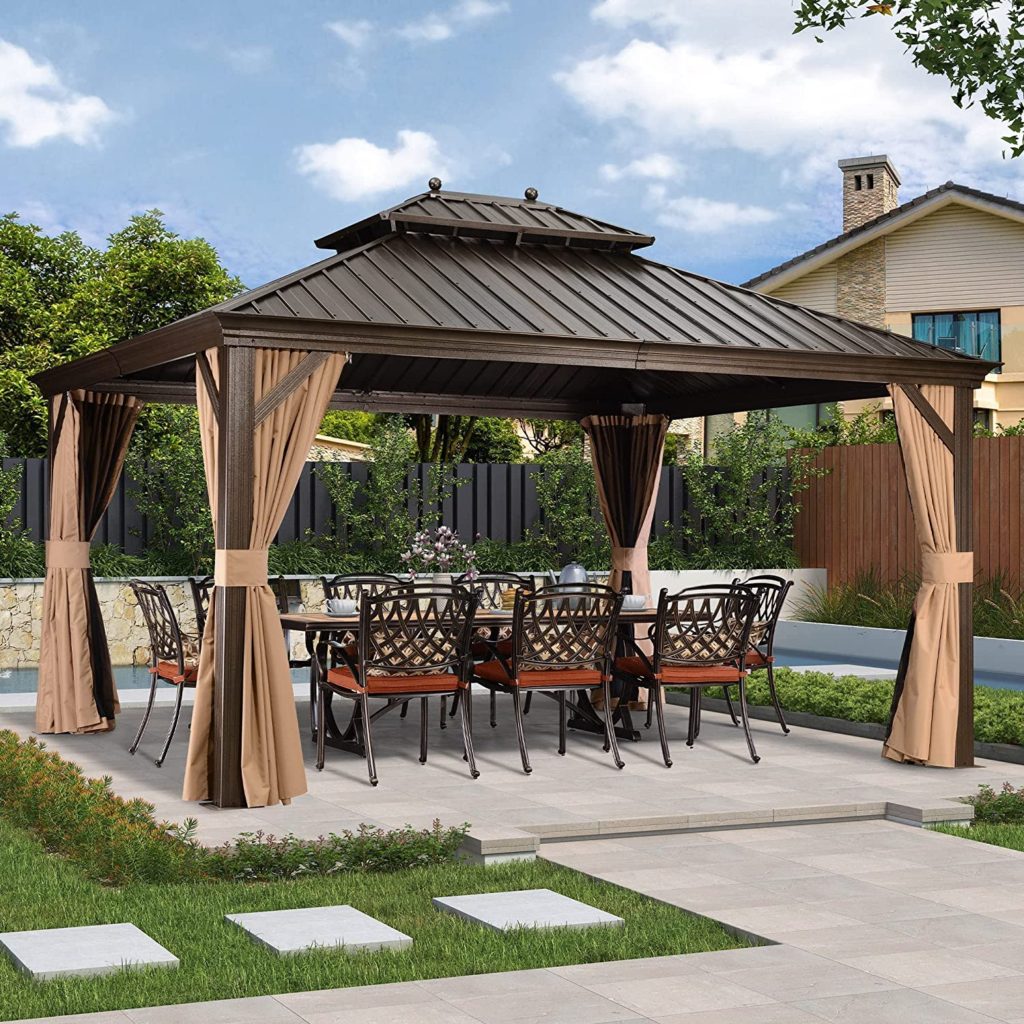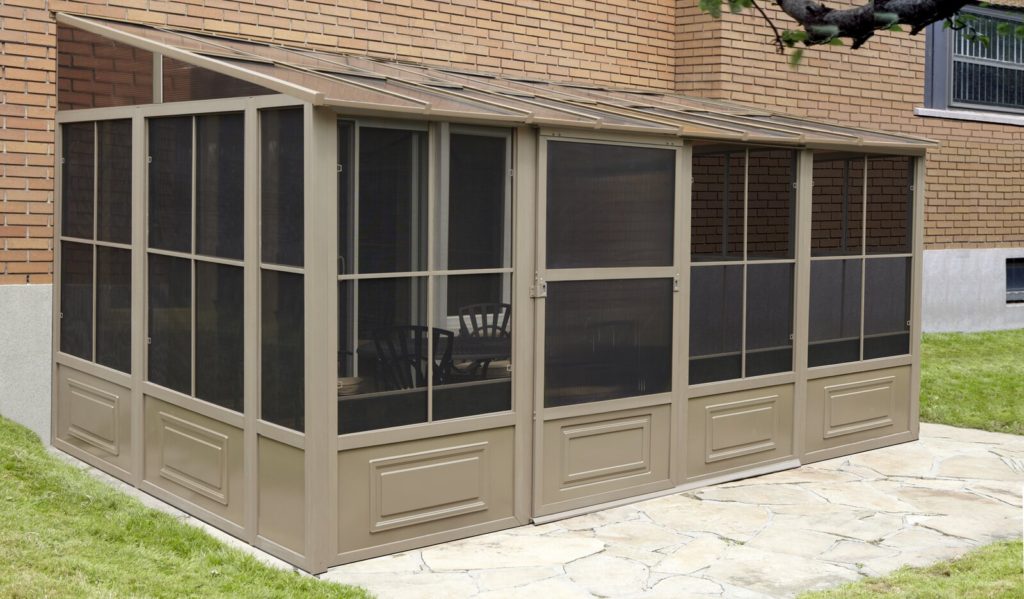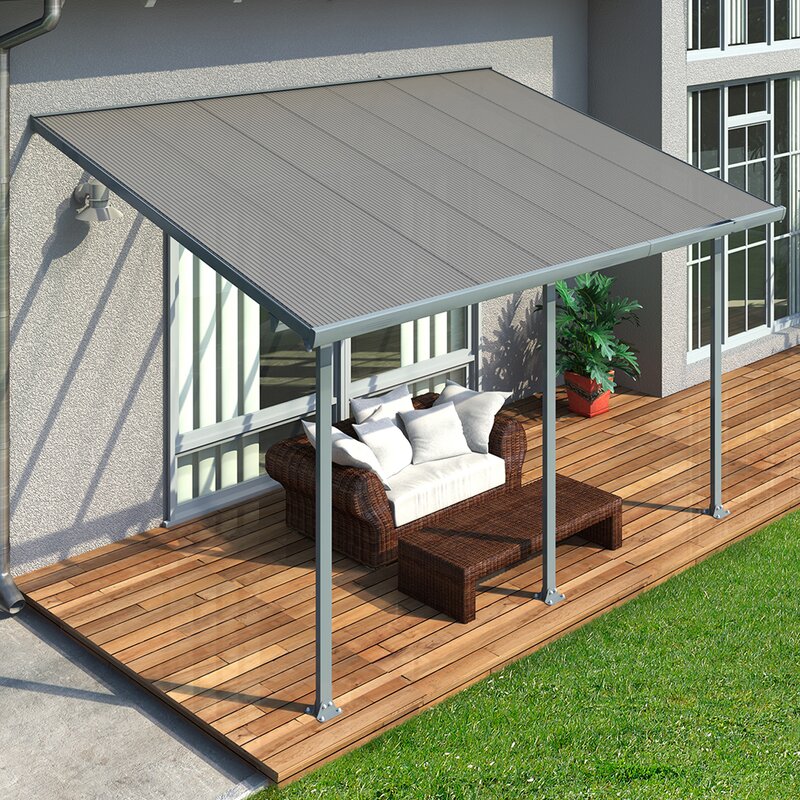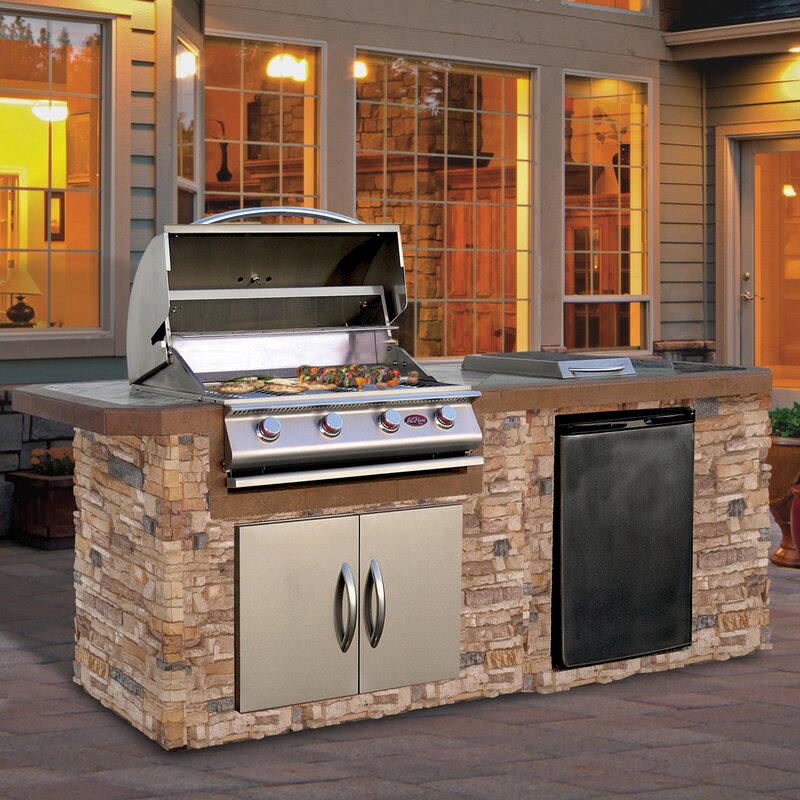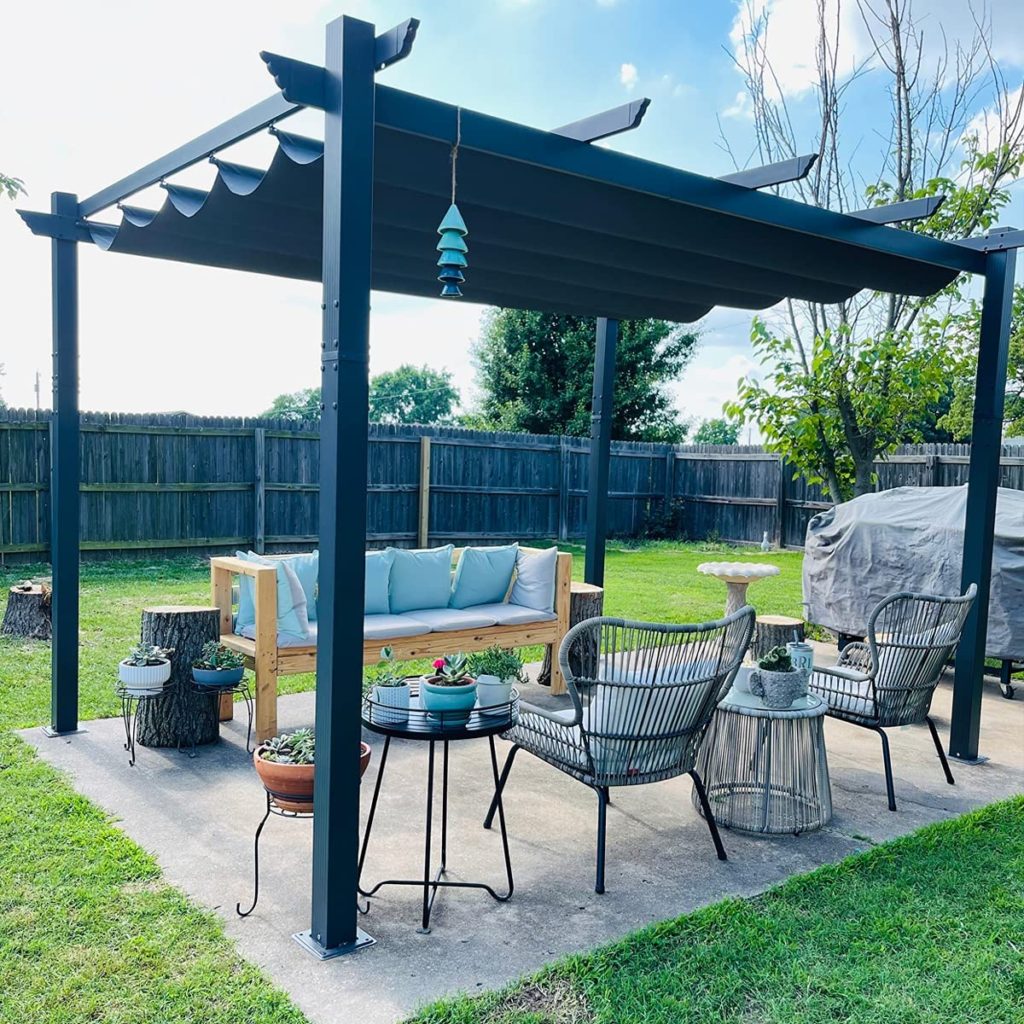
Chances are, you’ve been to your local nursery to pick up plants, gardening supplies, and other landscaping materials for your home and yard. While shopping, you may have perused the aisles of flower and vegetable plants in a greenhouse, a large structure made of glass or plastic to hold heat and moisture for optimal growth. Greenhouses create a consistent environment for plants, giving control to the grower and allowing gardening in all types of weather and climates.
Why Consider Building a Greenhouse?
In unpredictable or colder climates, greenhouses allow for a longer growing season, increasing the production of your plants, whether they be vegetables or flowers. A greenhouse can be any size or layout of your choosing and can be as complicated or as simple as you like.
It all depends on your budget and the kind of gardening you plan on doing. You can buy a prefabricated greenhouse kit, but there are many DIY options that are much more affordable and are relatively easy to build.
Setting Up Your Greenhouse
Before you even begin to build your greenhouse, consider the best location for it. You will need a place with an abundance of sunlight, especially morning light unless you plan on installing artificial lighting. But why bother with that large expense when the sun is an endless source of free light?
Also, be sure to select a spot that is slightly elevated in order to maintain good drainage. Setting up your greenhouse in a place where water can become stagnant would cause the health of your plants to deteriorate and would invite unwanted bugs and parasites.
Once you’ve determined the best location, you can begin to build! DIY greenhouses can be made from a variety of materials ranging from wood, PVC pipe, plastic sheeting, wire fence panels, or even old windows. The great thing about building it yourself is that you can make it whatever size and layout you want to fit your gardening needs.
After you’ve erected the structure, it’s time to create an optimal environment for your plants, making sure that they grow to their maximum potential. You can regulate the temperature inside your greenhouse by opening windows to allow ventilation or with the addition of heaters or fans depending on the type of weather you’re experiencing.
You can add a misting system to increase humidity and to keep your plants watered, or you can use a mono pump to create a convenient irrigation system. Mono pumps offer a consistent flow of water at any pressure and require minimal maintenance to operate. Now that all the equipment is in place, you’re ready to add plants.
Depending on the type of plants you decide to cultivate, you can sow your seeds directly into the ground, or you can add tables or shelves to stack pots, allowing you the use of the full area and height of your greenhouse. Be sure to choose plants that thrive in similar environments and that they have adequate space to grow to their full size.
With little effort, you can have your own greenhouse and enjoy it for years to come. Having a protected garden means you won’t have to worry about late or early frosts, flooding rains, or drought. With proper care, you’ll find your plants flourishing in their new and, most importantly, affordable sanctuary.
Start Shopping for Greenhouses!
What Is A Gazebo?
Buy on Amazon The gazebo in one form or another has been around since ancient times. Its unique yet basic design has made it a popular choice for outdoor spaces not just around the world but throughout history and into the present day. Here’s what you’ll need to know...
What Is A Gazebo Used For?
Buy on Amazon Gazebos are easily one of the most popular outdoor structures around the world. And by having one in your yard you are adding endless possibilities for outside enjoyment. So just what is a gazebo used for? Shady Relaxation The basic design of gazebos...
What Is A Pergola Used For?
Buy on Amazon A pergola is a unique-looking structure without walls, and a roof made up of slats. This design has made it one of the most popular options for outdoor spaces since ancient times. So, just what is a pergola used for? Shade With Benefits The primary...
What Are Pergolas Made Of?
Buy on Amazon Pergolas are one of the best ways to enjoy the outdoors. They provide a shady place to relax with family and friends. However, you may be wondering, what are pergolas made of? So here are the most common material choices. Wood Pergolas can be made from...
What Are Gazebos Made Of?
Buy on Amazon Gazebos are outdoor structures designed for beauty and relaxation. You may be wondering: “What are gazebos made of?” Well, typically you’ll find them made from wood, metal, or vinyl. And here are the basics of each type. Wood A gazebo made of wood...
4 Budget Conscious Tips for Buying a Garden Shed
Outdoor storage sheds make every gardening task more convenient since they keep every tool close by. The problem is that garages and sheds can sometimes be a little bit on the expensive side. That isn't always the case, so it's still possible for the gardener on a...
Gazebo Pictures For Inspiration
Buy on Amazon A gazebo is a roofed outdoor structure without walls that is used around the world to keep people cool and of course, add some style. Yet sometimes when planning where and how to use one it’s easy to get stuck. We all need a little inspiration every once...
6 Shade Structures To Help You Beat The Heat
Buy on Amazon Keeping cool is extremely important when relaxing outdoors. Without a shady spot to it can be impossible to get comfortable and really enjoy yourself. It can even be dangerous as prolonged exposure to strong UV rays has been linked to skin cancer. So...
Is a Bali Hut the Best Hut?
It’s summer, it’s hot, the backyard is backing to a crisp and the aircon is working overtime. It’s times like these that you feel like you should be outside enjoying the warm weather, and in most places, you would be. Sometimes though, we end up living in places that...
Everything You Need To Know About Gazebos!
Buy on Amazon A gazebo is a perfect addition and enhancement for any garden or yard. Not only does it provide an attractive feature and focal point to please the eye, but it increases the pleasure you derive from your outdoor space in an almost infinite number of...
Patio Enclosures Enhance Your Home And Your Life
Buy on Wayfair Your patio can be a wonderful place to enjoy the garden, relax in your garden furniture on a sunny evening, or entertain friends. Unfortunately, it can also get too hot in the sun, too cold and wet when the sun isn't there. and too exposed to...
Why All Gardens Need Patio Covers
Buy on Wayfair A patio is a perfect addition to any home, as it gives you the ability to sit down and relax while enjoying your outdoor space. However, no patio is really complete without a patio cover to maximize its use. Patio covers enable you to enjoy being...
Outdoor Kitchens Make Life More Fun!
Buy on Wayfair The craze for outdoor kitchens is one of the country's fastest-growing trends, and every year more and more homeowners are realizing they too want a piece of this cool lifestyle. Outdoor kitchens are not new -- people in the warmer states have been...
The Complete Guide To Pergolas
Buy on Amazon Used by the ancient Egyptians to beat the heat when walking from building to building and to grow climbing plants like grapes, pergolas are one of the oldest types of garden architecture that have stood the test of time. Today, with advancements in...
